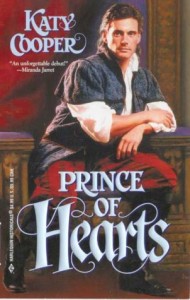 I’m on the brink of a cross-country move, so I’m thrilled to welcome my friend and fellow New England Chapter RWA member Katy Cooper as our guest-poster today. Katy is author of the Harlequin Historicals Prince of Hearts and Lord Sebastian’s Wife, both recently re-released as e-books. When Katy isn’t writing fantasy and historical romance, she’s reading everything she can get her little paws on. She’s on Twitter as Katy_C and she blogs as one of the Moody Muses (www.moodymuses.com).
I’m on the brink of a cross-country move, so I’m thrilled to welcome my friend and fellow New England Chapter RWA member Katy Cooper as our guest-poster today. Katy is author of the Harlequin Historicals Prince of Hearts and Lord Sebastian’s Wife, both recently re-released as e-books. When Katy isn’t writing fantasy and historical romance, she’s reading everything she can get her little paws on. She’s on Twitter as Katy_C and she blogs as one of the Moody Muses (www.moodymuses.com).
Please join the conversation below by telling us how you felt about consent, or non-consent, in these three books—or others that stand out in your mind.
When I was asked to write a guest post for Wonkomance, I was hugely flattered…and hugely intimidated. The posts here are smart and come at romance from a fresh direction. As I considered what I was going to write about, I kept coming up with very mainstream ideas, nothing wonky.
And then, for some reason, the issue of consent eased into my mind, trailing three very different stories, with different approaches to consent and its lack.
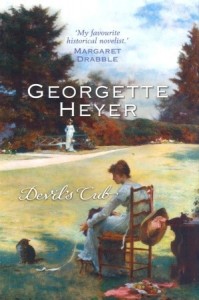 The first is Georgette Heyer’s Devil’s Cub, first published in the UK in 1932. When the heroine, Mary, tries to prevent her sister’s ruin at the hands of the young, volatile Marquis of Vidal, she ends up being kidnapped and carried off to France as a substitute. As far as Vidal is concerned, one sister is as good as another, whether or not Mary agrees. When he makes his intentions clear, Mary reveals a pistol she’d discovered in the coach that carried her to Dover. Vidal doesn’t believe she’ll use it, but when he makes his move, she shoots him. (And that’s just the beginning of their adventures in pre-Revolutionary France.)
The first is Georgette Heyer’s Devil’s Cub, first published in the UK in 1932. When the heroine, Mary, tries to prevent her sister’s ruin at the hands of the young, volatile Marquis of Vidal, she ends up being kidnapped and carried off to France as a substitute. As far as Vidal is concerned, one sister is as good as another, whether or not Mary agrees. When he makes his intentions clear, Mary reveals a pistol she’d discovered in the coach that carried her to Dover. Vidal doesn’t believe she’ll use it, but when he makes his move, she shoots him. (And that’s just the beginning of their adventures in pre-Revolutionary France.)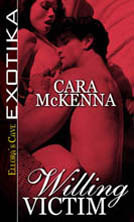
The second is from Wonkomance’s very own Cara McKenna, Willing Victim. If you don’t already know, Willing Victim is a short erotic romance, telling the story of Laurel and Flynn, who have a compatible interest in acting out rape fantasies. Laurel is always in control of what happens to her; her powerlessness is pretence, one that she and Flynn find arousing. She even holds the ends of the duct tape that “binds” her wrists; all she has to do to be free is to let go.
The last one is Patricia Gaffney’s To Have and To Hold, the middle volume of her Wycklerly trilogy of historical romances. A little drunk, very bored, Sebastian Verlaine is presiding over a magistrate’s court when Rachel Wade is brought before him and his fellow magistrates. Rachel has just been released from prison, where she served 10 years for the murder of her husband. Unable to find work, she’s been brought before the court for vagrancy. Something about Rachel catches Sebastian’s eye, even though she’s too thin, her hair too short, and he realizes that if he gives her a job, he’ll save her from jail…and she’ll be at his mercy. She will have to do whatever he wants, and both of them know how much ‘everything’ encompasses.
One of the interesting things about this book is that Sebastian is not a pseudo-rake. He’s truly dissolute; he truly forces Rachel to have sex with him. There’s no getting around that. But here’s the thing: I’m not sure anyone else could have broken Rachel out of the mental and emotional prison she was in when they met. I’m not sure she would ever have agreed to sex without Sebastian’s compulsion, because her initial experiences were horrific.
The other side of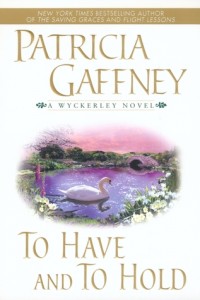 this story is that the way Sebastian treats Rachel forces him to face himself, to truly see who he is and who he’s becoming. His experience with her brings him to a fork in the road, and makes it clear to him where each path leads. If he chooses dissolution, it won’t be unknowingly.
this story is that the way Sebastian treats Rachel forces him to face himself, to truly see who he is and who he’s becoming. His experience with her brings him to a fork in the road, and makes it clear to him where each path leads. If he chooses dissolution, it won’t be unknowingly.
To Have and To Hold is somewhat controversial. There are readers who dislike the idea of Sebastian as the hero of a romance because of the way he abuses his power over Rachel. I can see their point, but two things make me react differently. One is that Sebastian pays for what he’s done, truly pays for it, and it’s always struck me that he will grow to be a very good man because he’s looked into the pit and he knows how easy it is to be a bad one, and how horrible. The other is that when Rachel consents to marry him, it’s consent freely given. She can say no. They both know it.
The thread that binds all three stories is consent, but it’s more than that. Consent is not binary, yes/no. In these stories, it’s complex and personal, and it can shift and change as the relationship between people changes. It’s easy to say it should be written in one way, but if I insist on that, I rob myself of the chance to explore its subtle, perplexing layers. I don’t always like the way people in these stories behave, but watching them gives me a chance to grow a little in my appreciation for the variety of human experience.




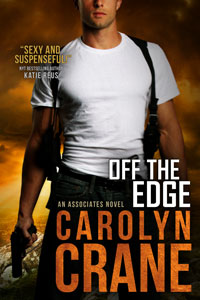
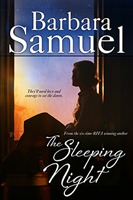
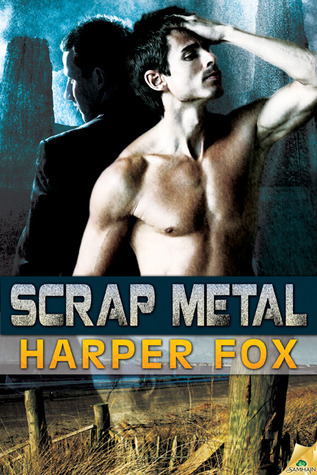
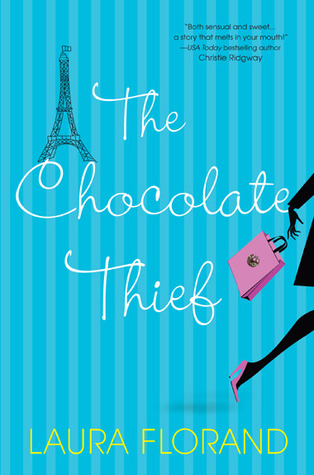
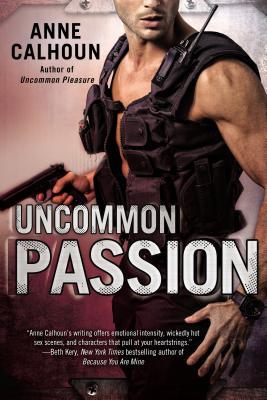
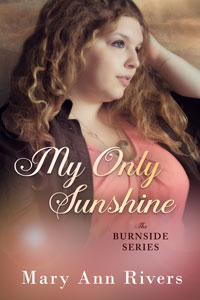

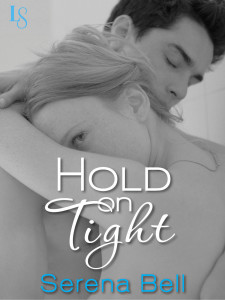
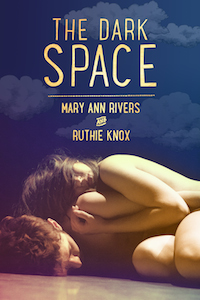
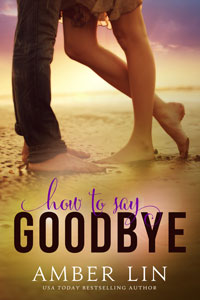
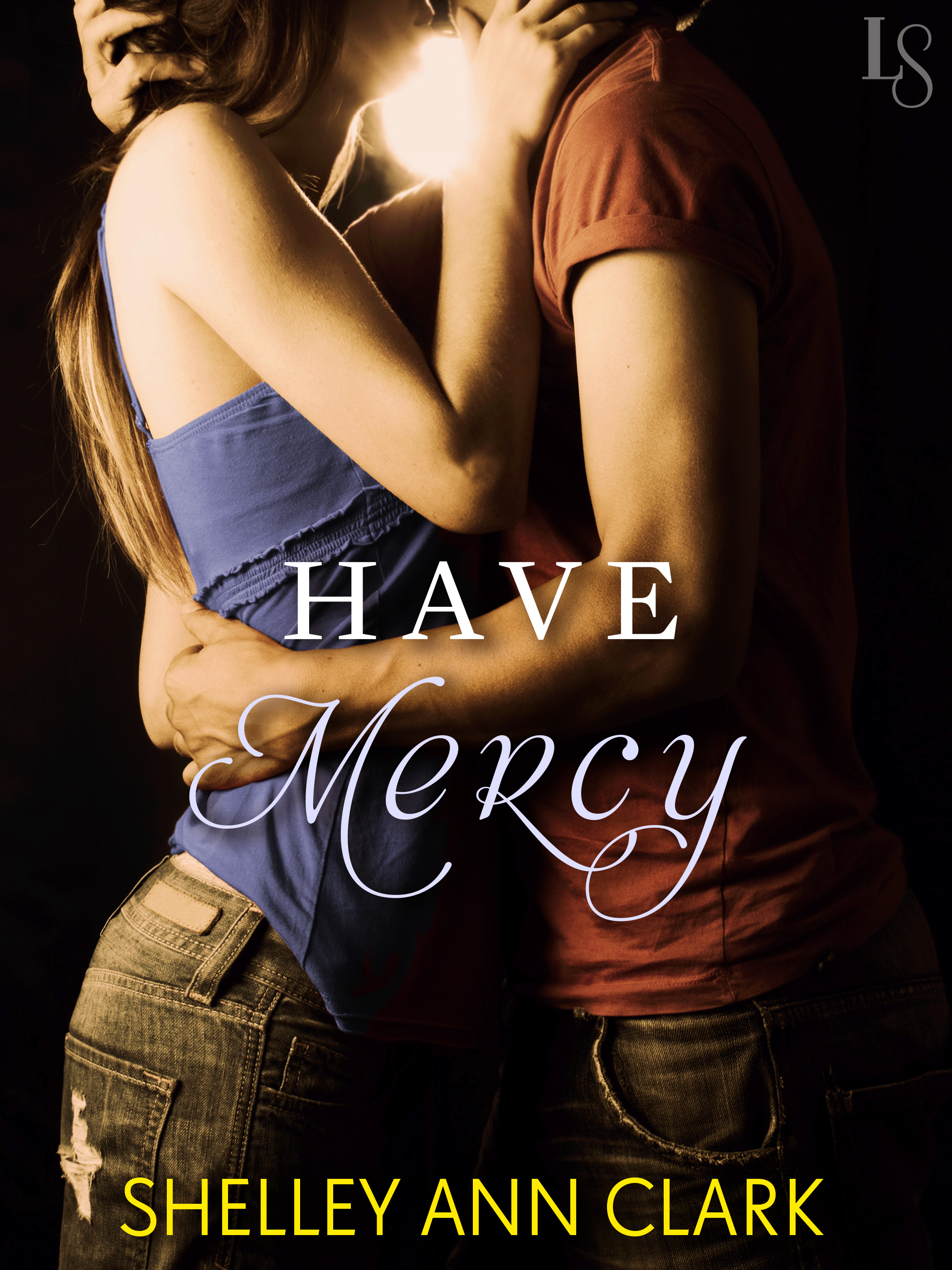
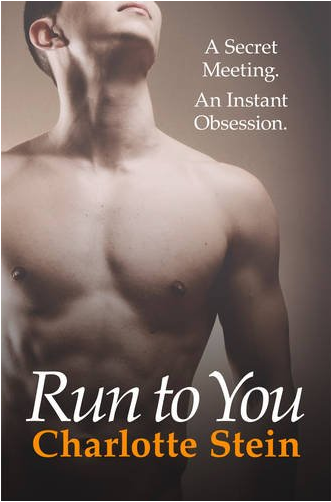
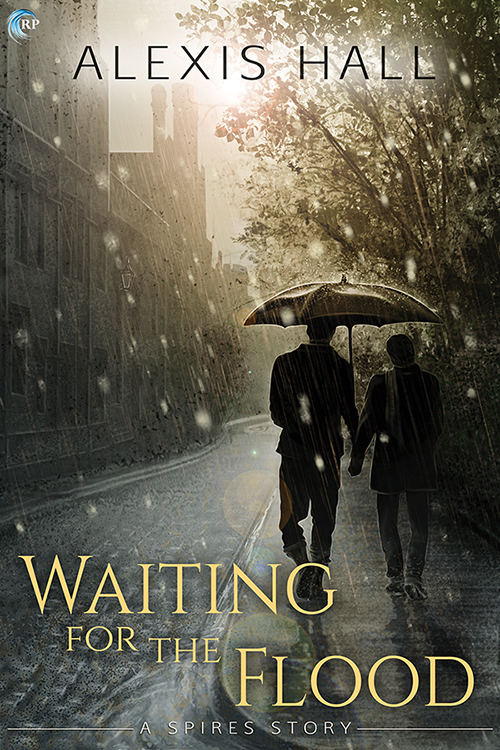
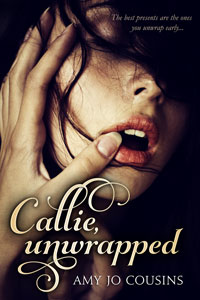
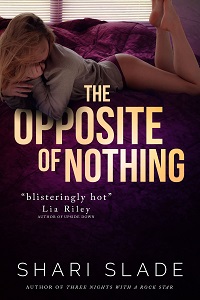
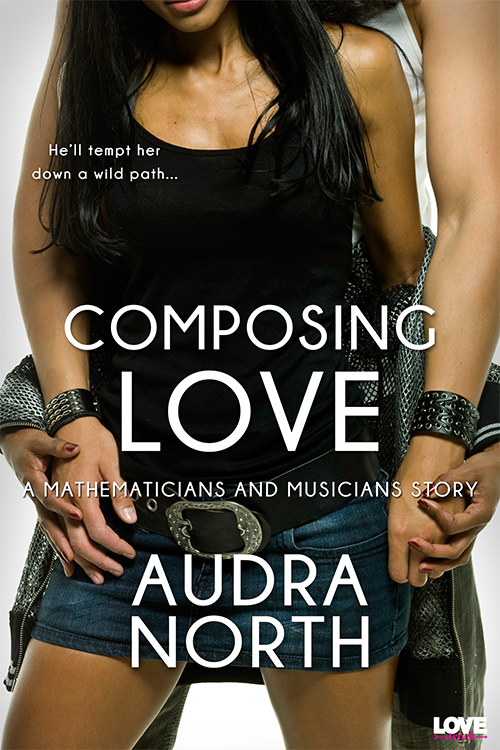

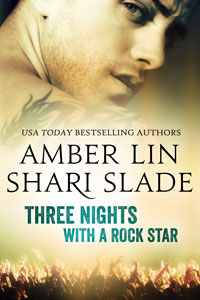
Okay, so I have to read To Have and To Hold like RIGHT NOW. Actually I’ve heard good things about it but I didn’t know there was a forced aspect.
In general, I love it when rakes are truly rakes. That is, they don’t have to necessarily force people into sex, but I do want to see them act all man-slutty if they’re going to claim to be a rake. Like the guy from Judith Jame’s the Libertine’s Kiss. Now he was a real libertine. I also loved the hero from Reforming Lord Ragsdale by Carla Kelly although he was more of a drunk and a lout than a rake. But yeah, I want to see them live up to their reputations!
What’s interesting to me about the forced aspect in THaTH is that it’s economic and emotional pressure. At no point does Sebastian physically overpower Rachel, but he compels her nevertheless. What I love about that book is that it’s absolutely clear that Sebastian could have chosen the other path, that he could have become a complete loser…but he opted not to. And not because he loved Rachel; his choice was far more complex than that.
Just a fabulous book.
Whatever happened to the idea of loving your partner and wanting to be with them being sexy?
Women who write books like this clearly don’t know what assault is. There is nothing wrong with consenting adults playing around with an idea that they find erotic; that’s their business. But writing rape contributes to culture.
Redemption is possible, but it’s not likely, particularly in a historical, where rape wasn’t seen or treated as such. Even in contemporary times, rape goes unpunished ninety-four percent of the time when it’s reported. (Six percent chance of ever seeing time behind bars, anyway.) Rapists can be redeemable. But why write them as such when most of them will never have a reason to repent and one-third of women are all too familiar with that?
I find it interesting too — it makes it so hard to name what he does. It’s not rape as it’s usually thought of; it’s certainly not “forced seduction” as we generally see it in romance. Rape without a physical element is unusual in romance though I suspect it’s quite common in real life.
I find books that have the element of forced sex to be hot. However, I always know that it is fiction and don’t like the forced aspect in real life.
Katy, great to see you here! I have to get my hands on copies of THaTH, “Willing Victim” and “Devil’s Cub.” How have I missed these?
Consent is a tricky thing, especially in historical romance. If we’re really going to be true to the times we’re writing about, women got the crap end of power dynamics pretty often. In spite of that, many of them managed to create loving and functional relationships that didn’t annihilate their autonomy and agency. Yet for contemporary writers, there are a lot of pressures to reject patriarchal images of women as routinely subject to sexual coercion. Plus, it can be awkward to explain why coercion works as romantic (as opposed to purely sexual) fantasy. So there isn’t as much sexual non-consent in historical romance as there used to be. There’s erotica, of course, but I like big, sprawling historical romances with room for intricate emotional development fused with the kind of world building that supports well-motivated coercion. In erotic fiction, we get to indulge the fantasy, but the trappings don’t always have to be as carefully crafted. I like trappings. :)
I’ve spent a lot of time thinking about Survivor’s comments, and then I come here to respond and I find willaful’s remark that it’s hard to say what it is Sebastian does.
I have experience of being coerced into doing things I don’t want to, experience of feeling utterly powerless, experience of having my wants so disregarded that I didn’t allow myself to recognize I had them. For me (and I cannot over-stress that this is for me), Rachel’s response to Sebastian isn’t like that. She’s much more ambivalent about him and what he wants than completely opposing him, and she doesn’t have that self-disgust you feel when you yield your will to someone else and do something you really don’t want to do. She doesn’t go through that feeling of, “If only I’d been strong/tough enough, this wouldn’t have happened to me. I gave in because I’m weak/pathetic/useless/worthless.”
When another man attempts to force her, she resists, resists completely; it’s that other man’s actions that hold a mirror up to Sebastian so he’s forced to see, with absolutely, unmistakeable clarity, what he, in his own mind, has been doing. The other man is awful; Sebastian is like the other man.